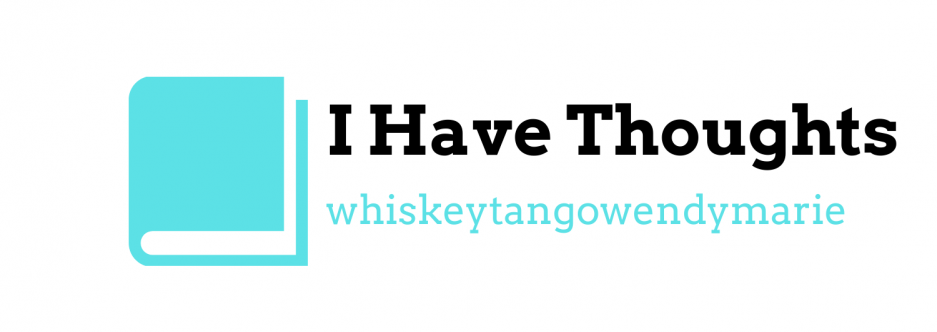Over the last few months I’ve been re-reading Lovecraft’s Supernatural Horror in Literature and S.T. Joshi’s The Modern Weird Tale on Mr Kindle. But I could only get a few pages into each before changing to something different. Both are interesting looks at the genre but not what Mr Brain wanted. Mr Brain wanted the fast food version, hot and greasy and salty, not Lovecraft’s high prose or Joshi’s snipping (as much as I respect the work S.T. Joshi has done in the field I don’t think I’m a lesser mind for loving Stephen King or Jacqueline Susann or Grace Metalious). So off to the library I toddled for Stephen King’s Danse Macabre leaving The Modern Weird Tale abandoned on Mr Kindle.
The library gods must have been looking favorably on me because I found the 1981 hardcover edition and a CD audiobook edition with a new essay “What’s Scary”. Even though certain critics (coughcoughSTJoshicoughcough) (Blacklight: “Do you need cough drops?” Me: “NO!”) might regard Uncle Stevie as a hack or untalented or just a hot mess with Qtips shoved up his nose and a desk drawer full of empty bottles, I have a certain fondness for the gentleman. He’s the fun uncle who has a room full of goodies and is more than happy to share even if your parents are trying to shake their heads in a big “NO”. He’s the babysitter who will tell you stories and let you watch movies that will keep you up all night, but what’s a few hours of sleep anyway?
Danse Macabre, like the best Stephen King books, is sprawling, full of interesting tidbits and will keep you reading until very last sentence. Some might wish Uncle Stevie’s editors had reigned him in a little more and made Danse Macabre more just the facts. What makes Danse Macabre so much more appealing and accessible are the meanderings. Part of how we process horror and the weird is tied in with our introduction to those things. And the meanderings also remind us that the person writing the book isn’t just a lucky hack with a typewriter but a person who has studied and loved and taught literature. Another thing to remember is the scope covered. Uncle Stevie just doesn’t look at books alone, he dives into movies and television with same relish as he does the classics like Dracula and Frankenstein. Imagine going to an amazing used bookstore or revival movie theater with Uncle Stevie?
And for the reader of 2013 vs the reader of 1981 there is the added benefit of access. Back as a very young Gwen circa 1983, stumbling across a library bound paperback of Danse Macabre with its haunting cover of Uncle Stevie’s face looming in shades of purple, there was just wasn’t access to all the wonderful things Uncle Stevie was telling me about. I had strict parents and a tiny allowance. The only resources I had were the local library and video store, basic cable and the hope I might stumble across something at a tag sale. Now? I can walk a few blocks down to my local library and scoop up The Blob, Invasion of the Body Snatchers, Night of the Demon, The House Next Door, Richard Matheson collections and more without breaking a sweat. Actually I may have already done that last Saturday. Heck, I can pick up my Kindle and have books in the blink of an eye or use “methods” to find anything that the Central Connecticut library system doesn’t have.
Danse Macabre is just as wonderful as my twelve-year-old self thought it was. It’s a love letter to the genre. It was my introduction to an author called H.P. Lovecraft. It makes me want to actually read Harlan Ellison beyond “I Have No Mouth, and I Must Scream“. And It gives some glimpses at one of Uncle Stevie’s truly greatest creations, his son and fellow writer Joe Hill as a mouthy youngster who you want to know more about. The only way Danse Macabre could be better? Having Uncle Stevie and Cousin Joe Hill sitting down and writing an overview of horror from 1981 to 2013…together.
